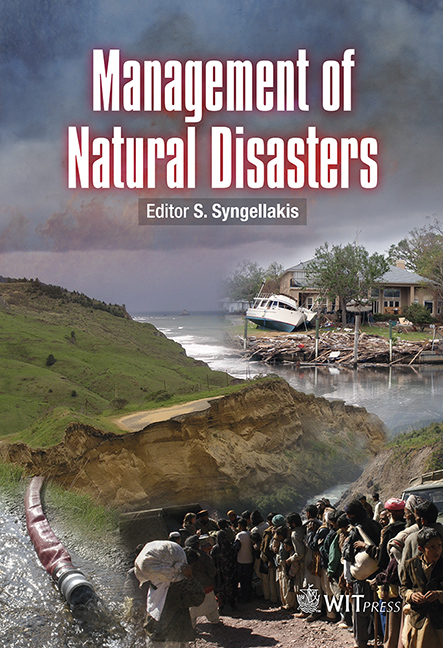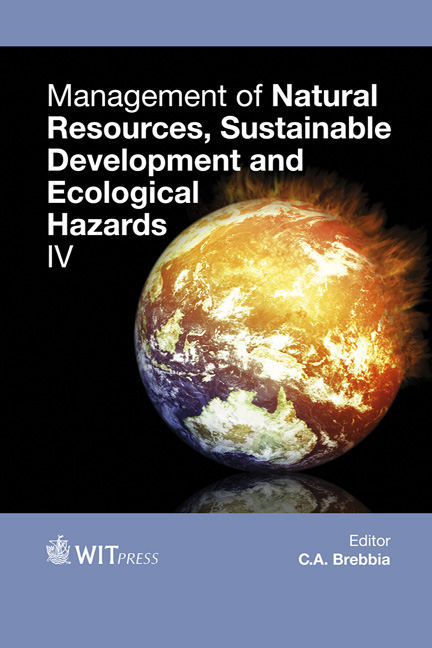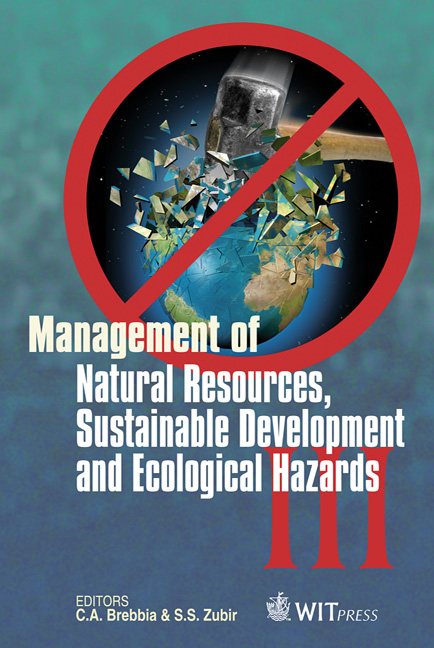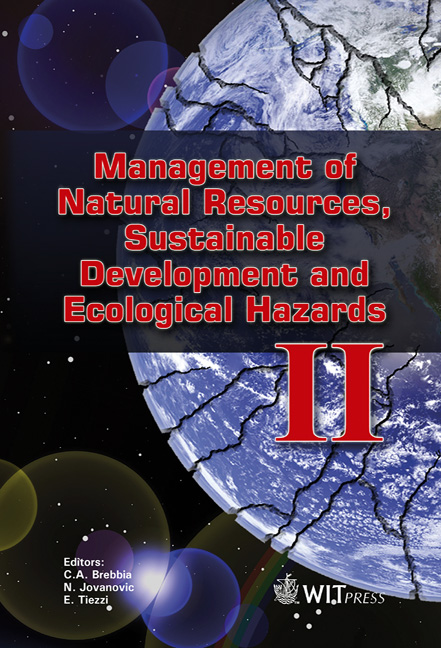Management of Natural Disasters
Edited By: S. Syngellakis, Wessex Institute, UK
Price
£139.00 (free shipping)
ISBN
978-1-78466-229-5
eISBN
978-1-78466-230-1
Pages
308
Transaction Series
WIT Transactions on State-of-the-art in Science and Engineering
Transaction Volume
92
Published
2016
Format
Hardback
Comprising a selection of articles dedicated to disaster management this volume focuses on the challenges arising from extreme natural phenomena and descriptions of methods for assessing their occurrence probability and of measures for mitigating their intensity and detrimental effects.
The first group of articles describes general strategies for risk assessment and mitigation, providing examples in the context of various kinds of natural disasters. The economic impact of mitigation measures, communities’ differing coping capabilities, human attitudes towards relocation and possible links to climate change are among the topics considered. Natural strategies are outlined in the contexts of Turkey, Brazil and United Arab Emirates.
The second part of the book is concerned with disasters from specific natural causes starting with a group of ten articles on floods. The corresponding contributions address flood frequency, vulnerability and resilience of communities, response of small and medium enterprises, risk in terms of financial losses, private investment participation to mitigation measures, assessment of design solutions against flood hazard, sleeper dykes as a means of reducing risk, preparedness of hospitals, causes of highway flooding and their relative importance, and impact of floods on poor communities.
The third set of articles are related to earthquake-related hazards describing, in particular, an analysis tool providing integrated risk, coping capacity and management output, a method for assessing vulnerability considering key contributing factors, a technique for urban aftershock management and damage assessment, and neural network modelling to estimate tsunami damage.
Finally, a group of three articles address issues related to landslides, namely, slope management as a means of reducing risk and losses, early warning based on rainfall data, and hazard prediction using favourability function modelling and spatial target mapping software.
Providing a unique global perspective this volume focuses on recent developments over a wide range of topics that cannot be found in similar, currently available, publications in this field. This is a valuable addition to the relevant literature available to researchers and engineers working on risk assessment and mitigation of natural disaster intensity and consequences. It will appeal of those working in academic and research environments as well as governmental, professional, national and international organisations.








